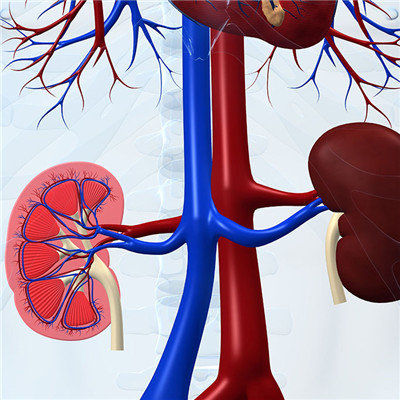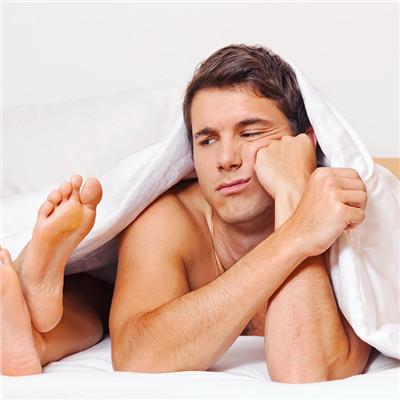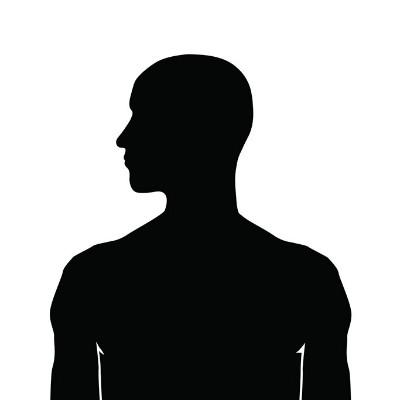How much is normal intraocular pressure?
summary
Intraocular pressure is the pressure inside the eyeball, referred to as intraocular pressure. It is the balanced pressure exerted on the eyeball wall by the contents of the eye. In order to maintain the normal shape of the eyeball and keep the refractive medium interface in a good refractive state, the intraocular pressure of normal people is stable in a certain range. How much is normal intraocular pressure? Let's talk about my views.
How much is normal intraocular pressure?
First, the average IOP of normal people was 15.8 mmHg (1 mmHg ≈ 0.133 kPa), and the standard deviation was 2.6 mmHg. From the statistical concept, the normal intraocular pressure is defined as 10 ~ 21mmhg (mean) ± two × But in fact, the normal distribution of IOP is not normal. Therefore, IOP > 21mmhg can not be regarded as pathological value mechanically.

Second, although the intraocular pressure of some patients has exceeded the upper limit of statistical normality, there is no optic nerve and visual field damage during long-term follow-up, which is called ocular hypertensio; Normal tension glaucoma (NTG) occurs in some patients with normal intraocular pressure but typical glaucomatous optic atrophy and visual field defect. Thus, high intraocular pressure is not all glaucoma, and normal intraocular pressure can not rule out glaucoma.

Third: body posture can also affect intraocular pressure. When a normal person changes from sitting position to lying position, the intraocular pressure may rise by 6 mmHg. If you take the handstand posture, the intraocular pressure may rise more than 10 mm Hg. Therefore, if glaucoma patients do yoga exercise, we will advise them to avoid handstand as much as possible. In addition, drinking a large amount of liquid (such as 500 C.C.) in a short period of time will increase the intraocular pressure. Some drugs can also cause the side effects of elevated intraocular pressure, of which the most noteworthy drugs are those containing steroids. Whether by oral administration, skin smear, nasal spray or eye drops, and other different ways of administration, steroids will have the chance to produce such side effects.

matters needing attention
High intraocular pressure is a manifestation of unhealthy eyes, and it is often a precursor of a certain disease, so we need to pay attention to it. When the intraocular pressure is too high, we need to pay attention to rest, make adjustments in time, and protect our eyes.











